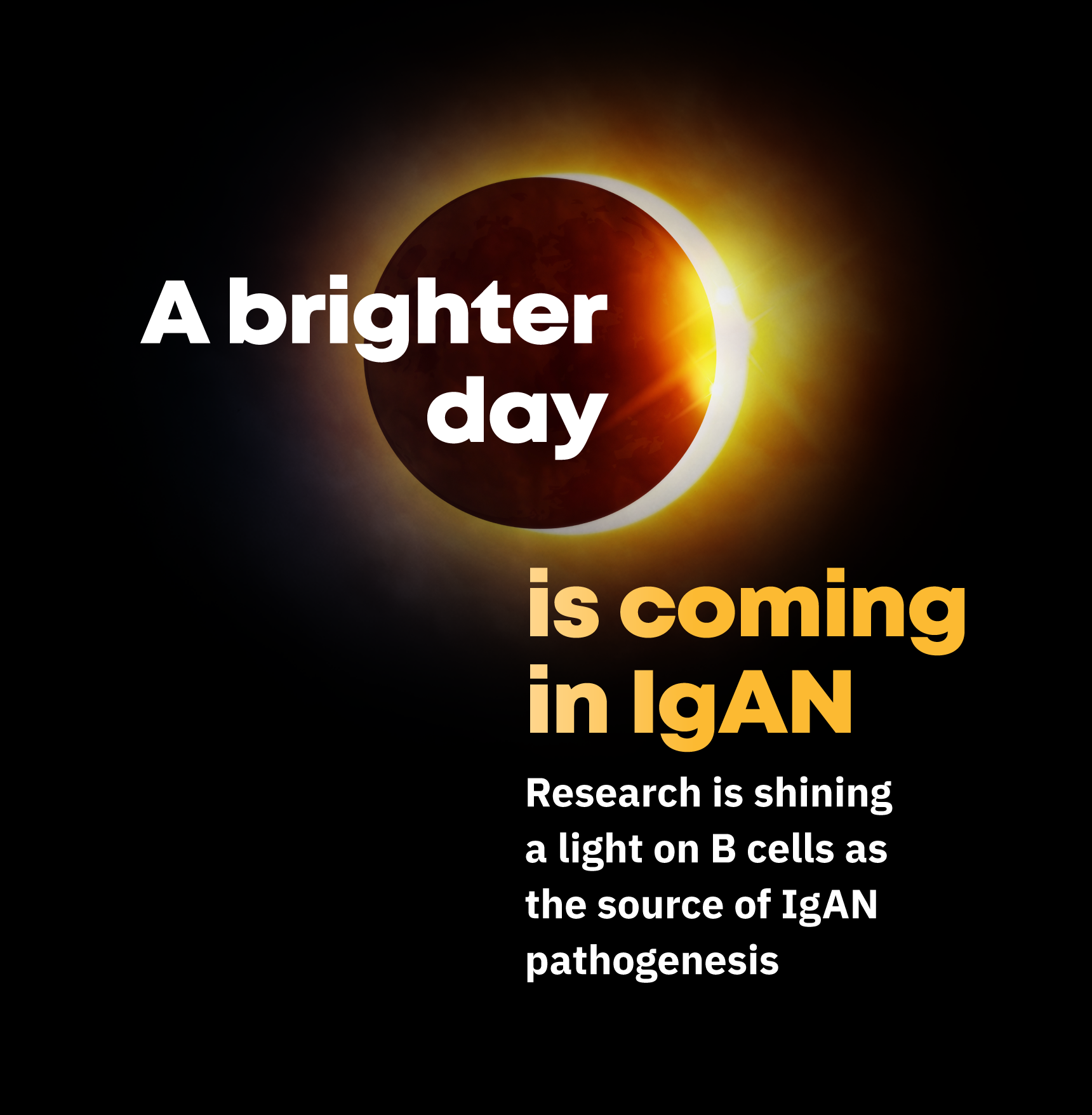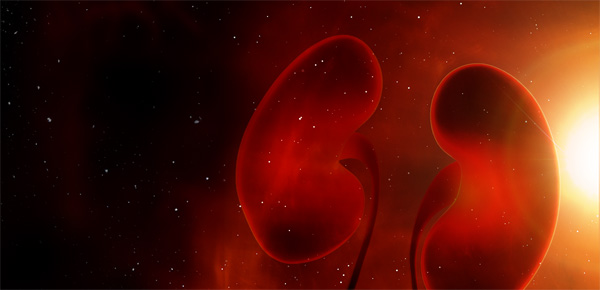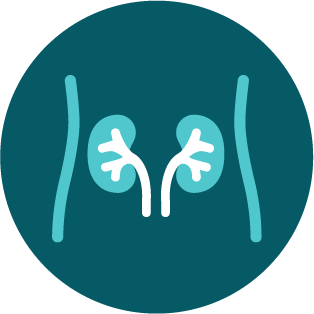While optimized supportive care is beneficial
for patients with IgA nephropathy (IgAN),
many may still experience progressive decline
of estimated glomerular filtration rate (eGFR)
that eventually leads to kidney failure.1




While optimized supportive care is beneficial
for patients with IgA nephropathy (IgAN),
many may still experience progressive decline
of estimated glomerular filtration rate (eGFR)
that eventually leads to kidney failure.1

Cytokines B cell activating factor (BAFF)
and a proliferation-inducing ligand
(APRIL) play a crucial role in IgAN
pathogenesis by regulating
B cell function.1

This review article discusses various preclinical and
clinical studies that highlight the potential role of
BAFF and APRIL in the pathogenesis of IgAN.

Almost all patients diagnosed under the
age of 50 with eGFR decline of
3 mL/min/year will reach kidney failure.2
Your answer:
Correct answer:
Approximately of adult patients with IgAN develop kidney failure or die within 20 years of diagnosis.
Your Answer:
Correct Answer: D: 75%
Around of patients with IgAN with proteinuria 0.44 to < 0.88 g/g (~0.5 to 1.0 g/day) progress to kidney failure within 10 years.
Your Answer:
Correct Answer: B: 30%
High Gd-IgA1 levels are associated with a greater risk of .
Your Answer:
Correct Answer: D: All of the above
Which of the following are independent risk factors for IgAN progression?
Your Answer:
Correct Answer: C: Proteinuria and hematuria
Which of the following is the earliest step in the pathogenesis of IgAN?
Your Answer:
Correct Answer: C: Upregulation of cytokines BAFF and APRIL
References:
Schedule a follow-up with one of our medical experts and/or sign up to receive emails on all
the latest IgA nephropathy insights, news,
and research from
Vera Therapeutics.
These updates are intended for healthcare professionals.
